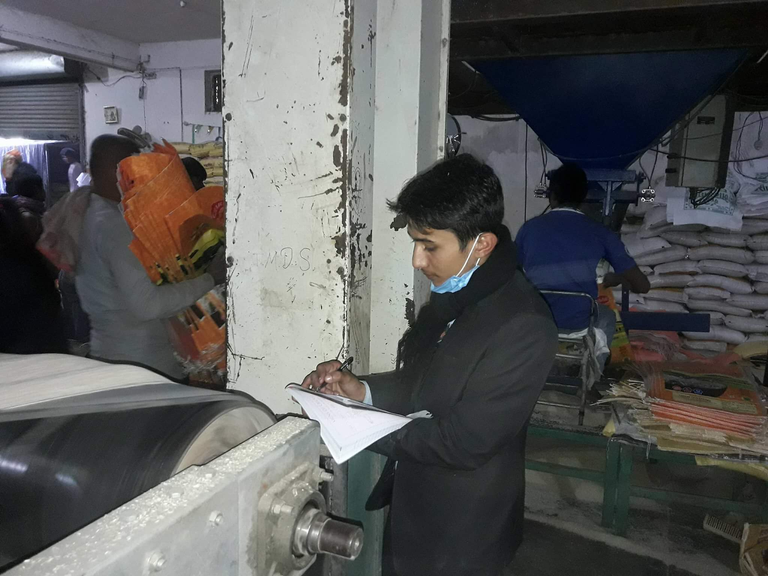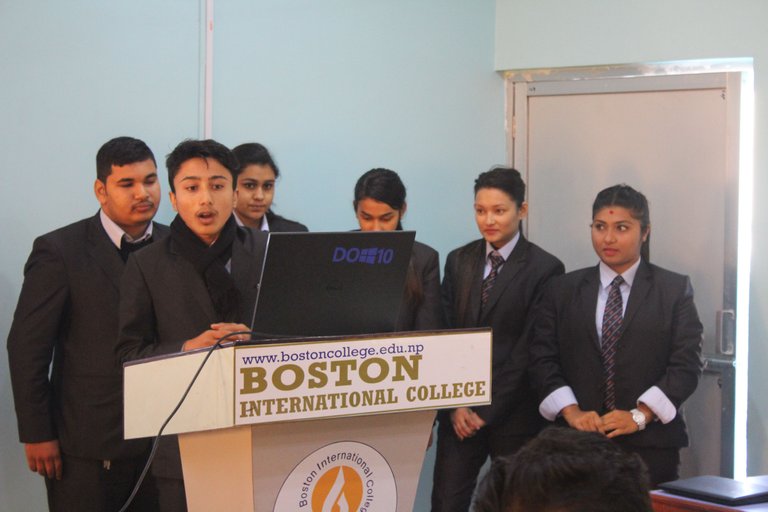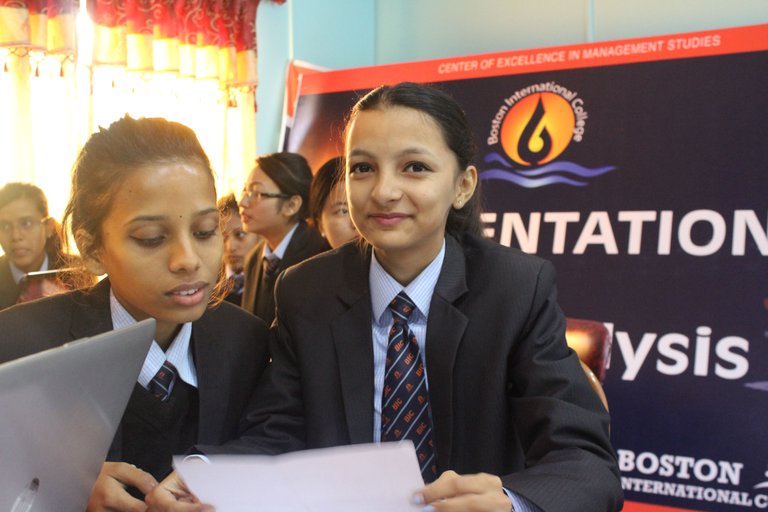Introduction
For our presentation preparation we take jaysheree food factory as a reference. It is the largest mills in Nepal which was established in 2069 B.S. All the machine use in jaysheree is imported from abroad mainly from European country Switzerland and Germany.

Objectives:
Our main target is to know how the raw materials (paddy) are collected as well as we also want to know where the raw materials were stored. Besides these our team goals is to know about the process of milling and the milling capacity of mills i.e how much rich will be ready for output in a day. Moreover we our objective is to know about loading and dispatching method used by factory and where the factory mainly supply the goods as well.
Methodology:
In our field visit we used different method firstly we visit the sight of factory mainly out yard storage. How the company store raw materials after it enter in factory. Furthermore we take an interview with authorities to gain more information about factory. Similarly we observe different machine and consult with machine operators about the function of machine.
Presentation:
Here I am going to present the process of converting paddy into rice. Firstly the paddy is pour into intake for cleaning after refining of paddy it is recently send for steaming and Drying process. After completing the steaming and drying stage paddy is send for de-husking and subsequently to paddy separator where the broken paddy is separated (the broken paddy is especially use to make liquor). Before oversizing and under sizing of paddy the must be polished and it …………………………………….. . Once the under and over sizing of process finish the rice goes for color sorting where the rice were colored .After the last stage of coloring rice is over it send for bagging and output. Meanwhile ready for cooked.
From a 1 quintal bag of paddy only 48% will be ready for sales. After consulting with workers and authorities we get the data that 25% will wasted as husk where as 12% and 11% paddy will removes as a for being broken and bran respectively. Similarly 4% rice was rejected for being low quality.
Conclusion:
Finally we came to know that milling is lengthy process and the demand of rice in a factory is increasing rapidly as well. After have some interview workers and with authorities. We know that the capacity of factory is 8 tones per hour. In spite of such highest production, the factory cannot full fill the demand of market. The factory use the outyard storage after the raw material collection and the raw material is mainly collect from the whole Nepal mainly from Nawalparci. Likewise the factory use different type of paddy to produce rice (approx 40 type) ( sama , sabarti, manasuli e.t.c). What’s more the company supply it product (rice) all over the Nepal mainly the kathamandu and Pokhare the high demanded area.
Thank You


thanks to: @nischal123This post has received a 2% upvote worth $0.09 from @minnowspower
MinnowsPower is not a bot, I am a Crowdfunding Hybrid